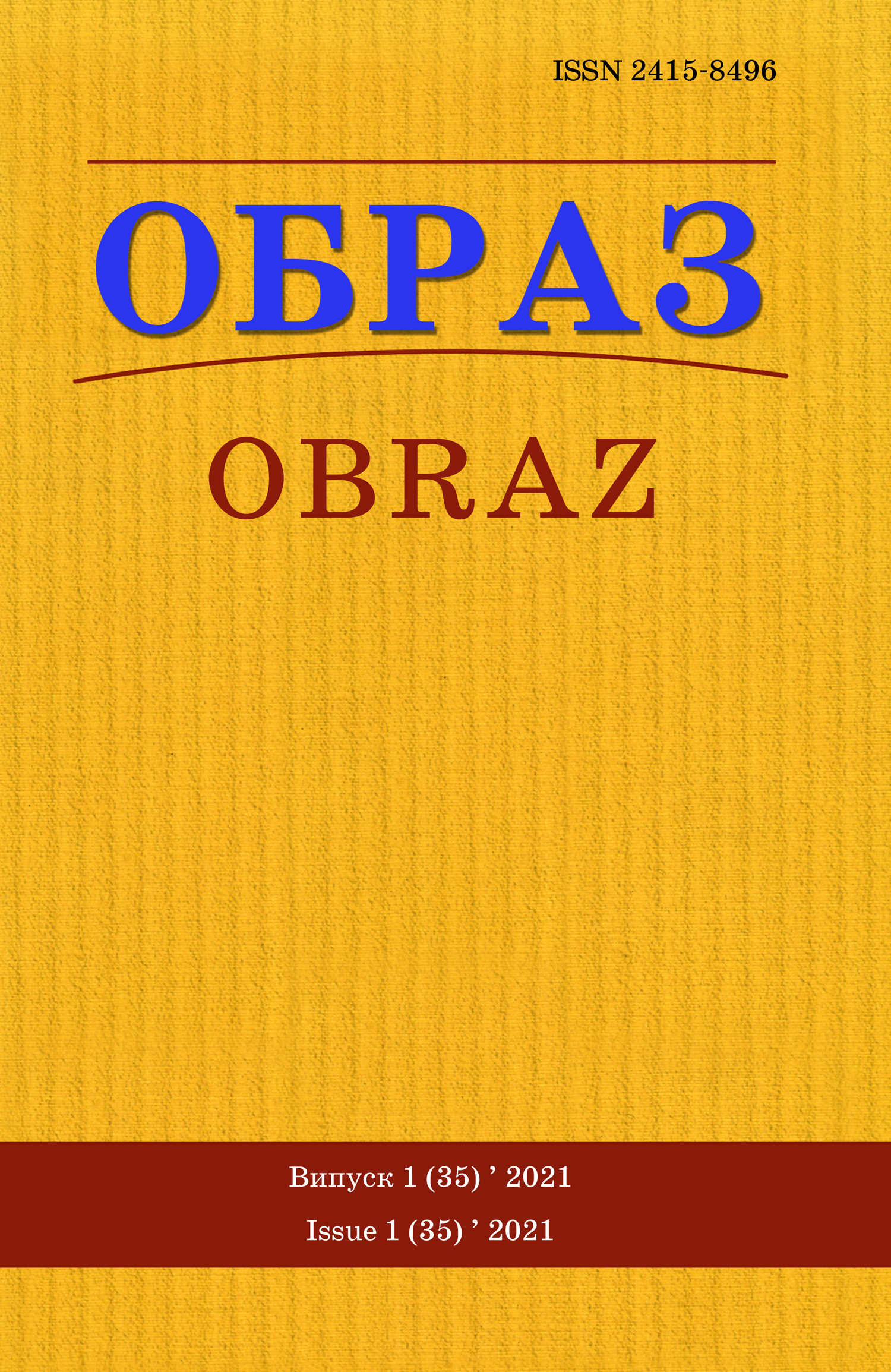Abstract
Introduction. Interaction, the interpenetration of traditional and social media, their transformation, formal and semantic changes occur continuously. Print media, radio and television have their own websites and platforms on social networks. On the one hand, the alternative channel of communication are social media. On the other hand, in the era of posttruth 2.0 and the wide choice of information channels, it is difficult to identify alternative media. However, we will focus on alternative content and alternative communication channels. The emergence of alternative media can be observed at the local level because the audience has a clearer characteristic. The relevance of the study. In the local information space, there are processes of monopolization of the media or closure of long-standing traditional print media, radio stations or TV channels. The digitalization of the media has led to the popularization of social media, in particular those that are not subject to media oligarchs. The relevance of the study lies in identifying the features of alternative media at the local level because the quantitative and qualitative characteristics of alternative channels and the specifics of content are insufficiently studied by scientists and evaluated by traditional media and official authorities. Therefore, the subject of the study is alternative social media, which present a different position and content compared to social media, which are created based on mass media, corporate media or pro-government structures. It is the local dimension that helps to identify popular alternative channels of communication. Research methods. The study of scientific literature on the research topic was carried out using the bibliographic method; the descriptive method was used to identify the preconditions for the emergence and functioning of alternative media in the Mariupol information space; thanks to a systematic approach and method of classification, the features and types of social media channels were identified. Among the empirical methods, we can single out observations and monitoring, which helped to gather practical material for 2020. The content analysis helped to identify issues, features of messaging and the functioning of alternative communication channels. Results. Alternative communications have always been an important foundation for social movements in the past. Today, in public space, there operate public radio and television websites, their social media pages, as well as individual social networks such as the Clubhouse, which provide a platform for expressing their opinions or receiving alternative content by users. On the example of Mariupol’s alternative mass media, we can single out communication channels as an online magazine website, portals of public organizations, groups and personal pages of bloggers on such social networks as Facebook, Instagram, Viber messengers, Telegram, and Youtube. The content reflects social, human rights, cultural, entertainment and topics of interest. Prank, sketch, review, comment, experiment and poll become the popular forms of information. Conclusions. Alternative media are the promising areas of research, as they form and promote atypical countermeasures that attract the attention of the audience. In addition, you can observe the activities of professional PR-structures that create social media and ‘mimic’ alternative content using alternative communication channels.
References
1. Official site of Media Holding Ukraine Media Holding, available at: https://mgukraine. com/about/history (accessed 25.02.2021).
2. Alternative media. A Dictionary of Media and Communication. Oxford, 2011. 472 p., available at: https://www.oxfordreference.com/view/10.1093/oi/authority.20110803095406512 (accessed 25.02.2021).
3. Pocheptsov, H.H. (2019). Propaganda and fakes in the taxonomy of influence operations, available at: https://ms.detector.media/mediaanalitika/post/22821/2019-05-05-propaganda-yfeyky-v-systematyke-operatsyy-vlyyanyya (accessed 25.02.2021).
4. Chomsky, N. (1997). What Makes Mainstream Media Mainstream, available at: http:// www.chomsky.info/articles/199710 (accessed 20.01.2021).
5. Sathyaprakash, M. R (2015). Alternative development discourses in alternative media. Special issue of SNT college Bhor. Vol. IV, issue I, 2015. P.167–176.
6. Atton, C. A. (1999). Reassessment of the Alternative Press, available at: https://journals. sagepub.com/doi/10.1177/016344399021001003 (accessed 25.02.2021).
7. Hamilton, J. (2000). Alternative Media: Conceptual Difficulties, Critical Possibilities. available at: https://journals.sagepub.com/doi/10.1177/0196859900024004002 (accessed 25.02.2021).
8. Pickard, V. (2007). Alternative Media. The Encyclopedia of Media and Politics. Washington, DC: CQ Press, P.13.
9. Streitmatter, R. (2001). Voices of Revolution: The Dissident Press in America. available at: http://cup.columbia.edu/book/voices-of-revolution/9780231122498 (accessed 20.01.2021).
10. Bondarenko, Yu. S. (2017). Alternative Press of Modern Germany (functioning peculiarities, editorial policy, place in the national media system). Abstract of Thesis for a Candidate Degree in Social Communication: specialty 27.00.04 The
11. Gouldner, A. (1979). The Future of the Intellectuals and the Rise of the New Class, available at: http://phil-o-sophy.ru/articles/1078 (accessed 01.02.2021).
12. Libicki, M.C. (2007). Conquest in Cyberspace: National Security and Information Warfare. Cambridge: Cambridge University Press, 2007, available at: https://www.rand.org/content/ dam/rand/pubs/testimonies/CT300/CT384/RAND_CT384.pdf (accessed 01.02.2021).
13. Encyclopedia of Social Movement Media / [ed. John D. H. Downing, John Derek Hall]. USA SAGE, 2011. available at: https://books.google.com.ua/books?id=iwPX23VameIC&dq=Social+ media+movement&hl=uk&source=gbs_navlinks_s. (accessed 01.02.2021).
14. Chomsky, N. (2013). Necessary Illusions: Thought Control In Democratic Societies, available at: https://archive.org/stream/media_Noam_Chomsky-Necessary_Illusions/Noam_ Chomsky-Necessary_Illusions_djvu.txt (accessed 01.02.2021).
15. Pocheptsov, H.H. (2020). The leading role of content in the transformation of the world model, available at: https://ms.detector.media/mediaanalitika/post/24301/2020-03-08- vedushchaya-rol-kontenta-v-protsessakh-transformatsyy-modely-myra (accessed 25.02.2021).
16. Bourdieu, P. (2005). Sociology of social space, available at: http://bourdieu.name/content/ burde-sociologija-socialnogo-prostranstva (accessed 01.02.2021). 17. Luhmann, N. (2005). Media communication / [trans. with him. A. Glukhov, O. Nikiforov]. M .: Logos Publishing House, 2005. 280 p.
18. Havrilyuk, I. Visual content of local online journalism: current trends and problems. Obraz, 2020. Vol.1 (33). PP. 51–56.

This work is licensed under a Creative Commons Attribution 4.0 International License.

